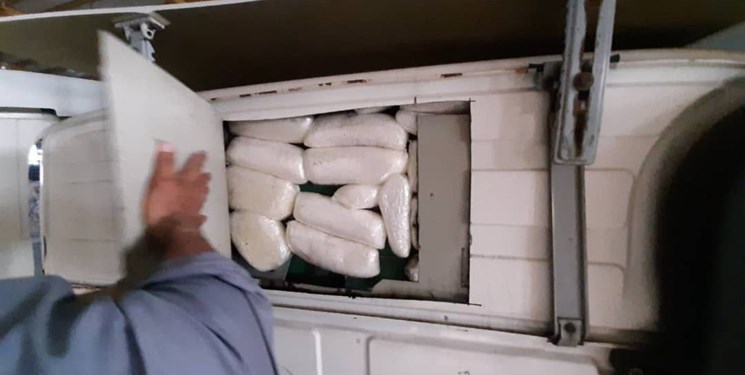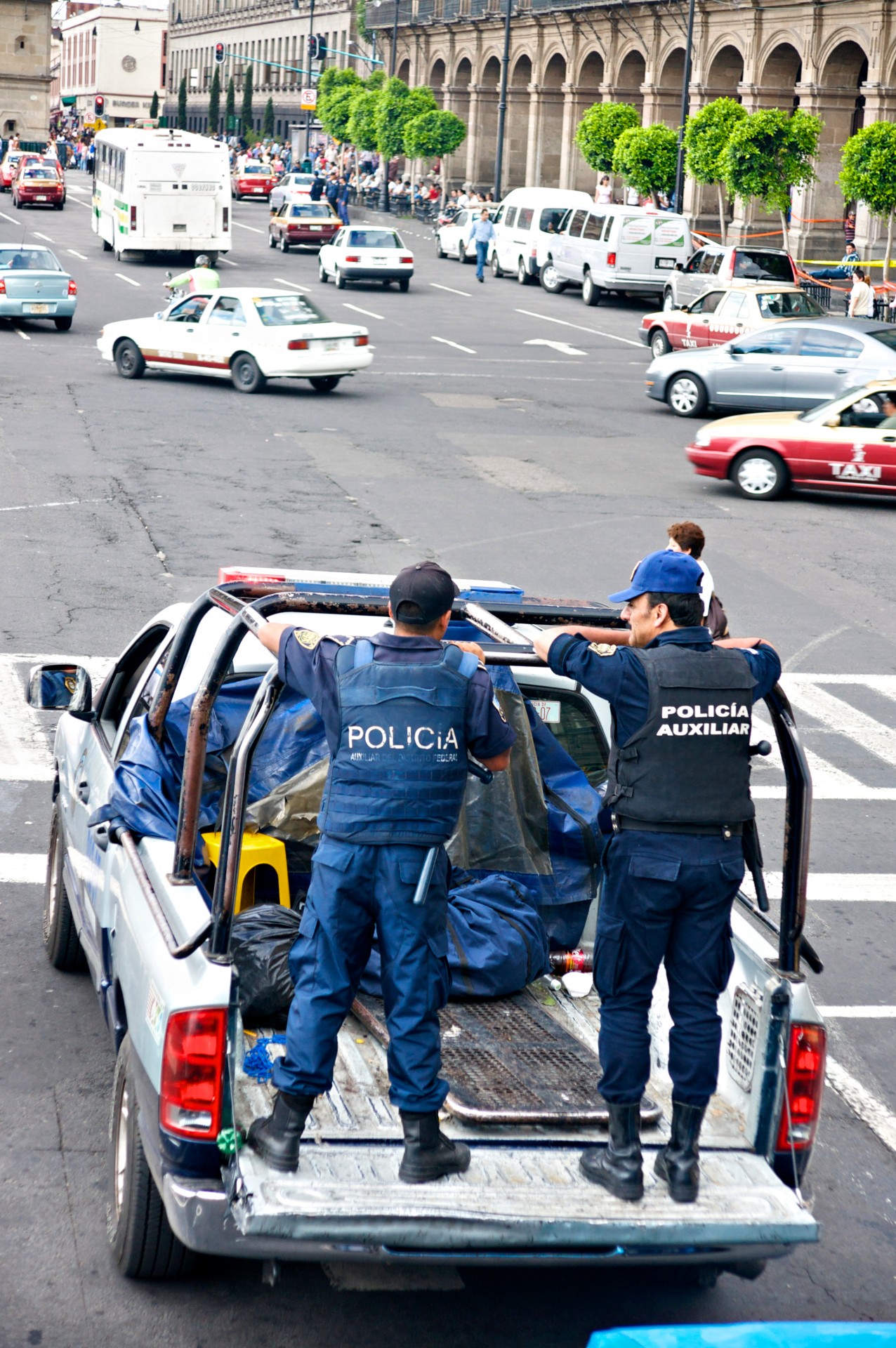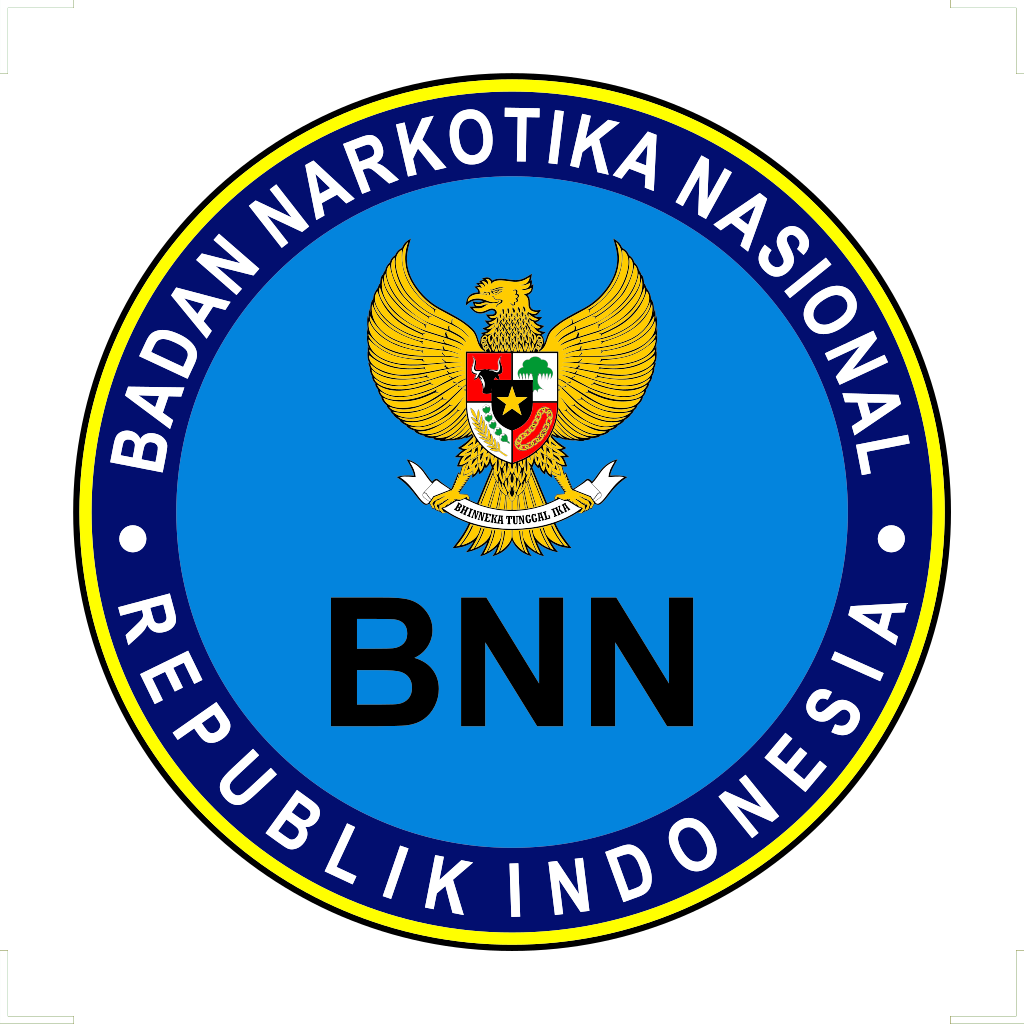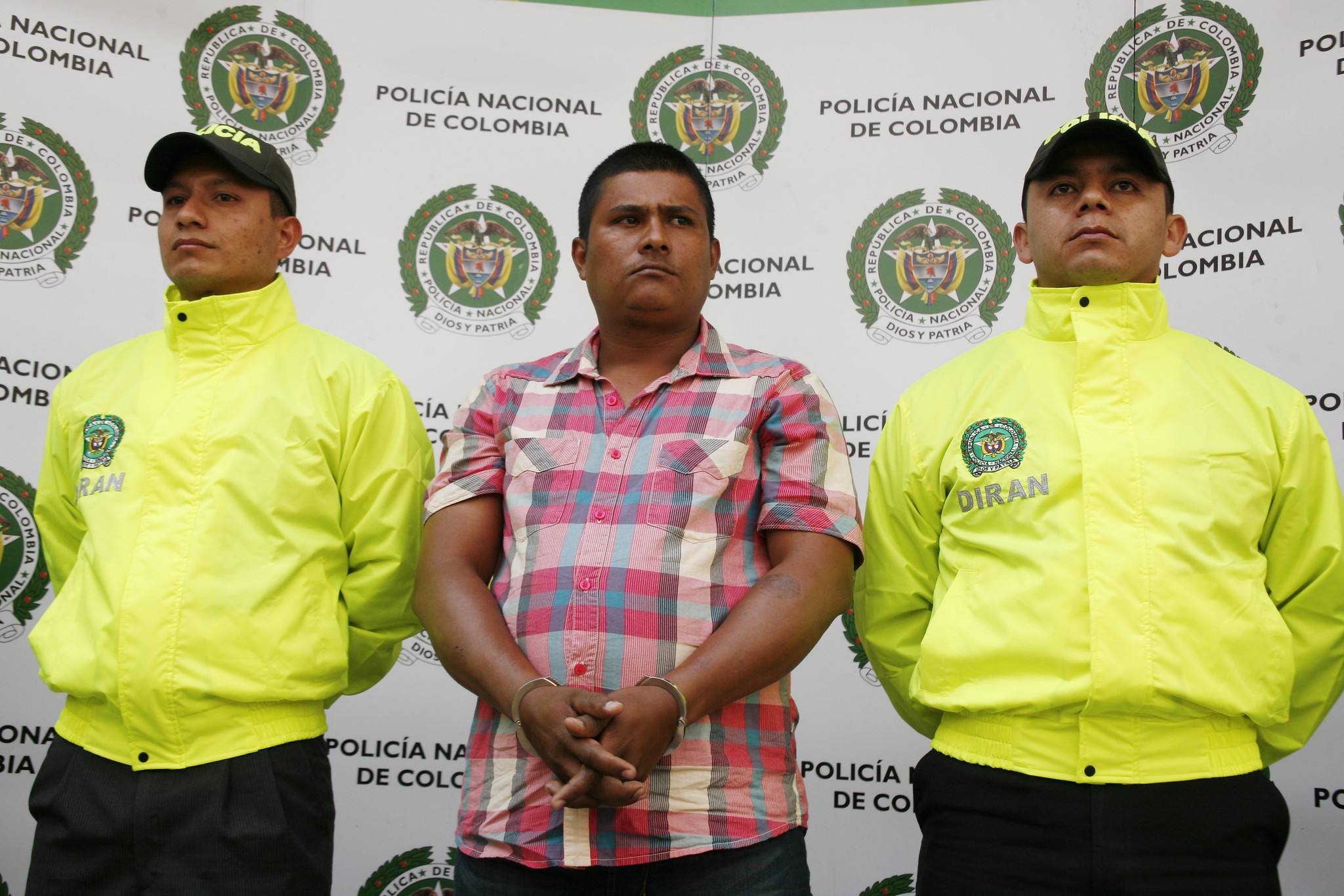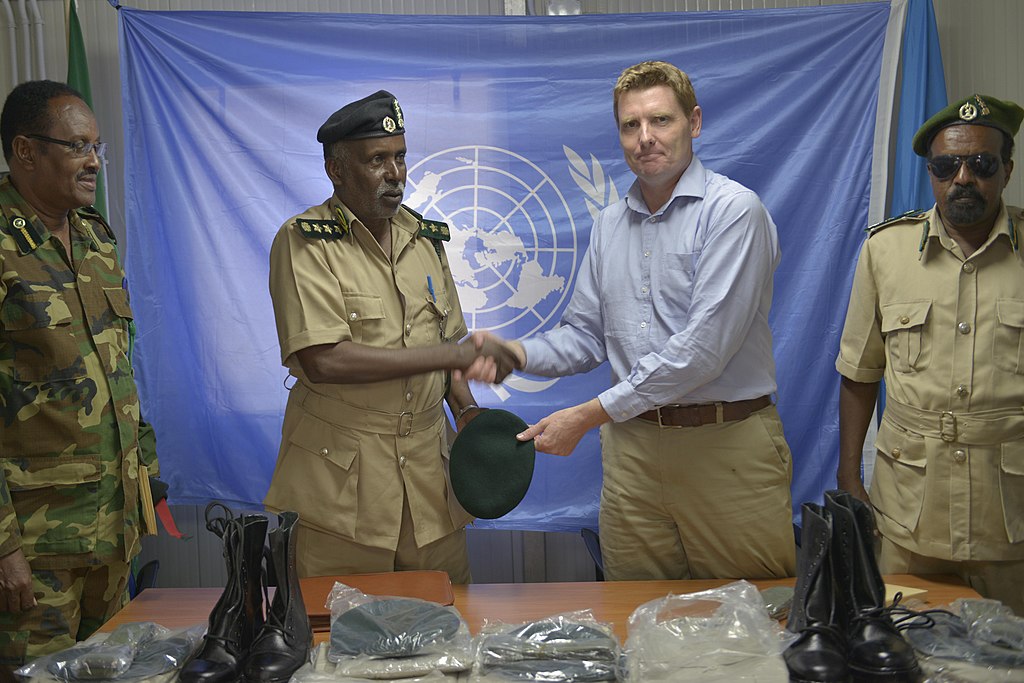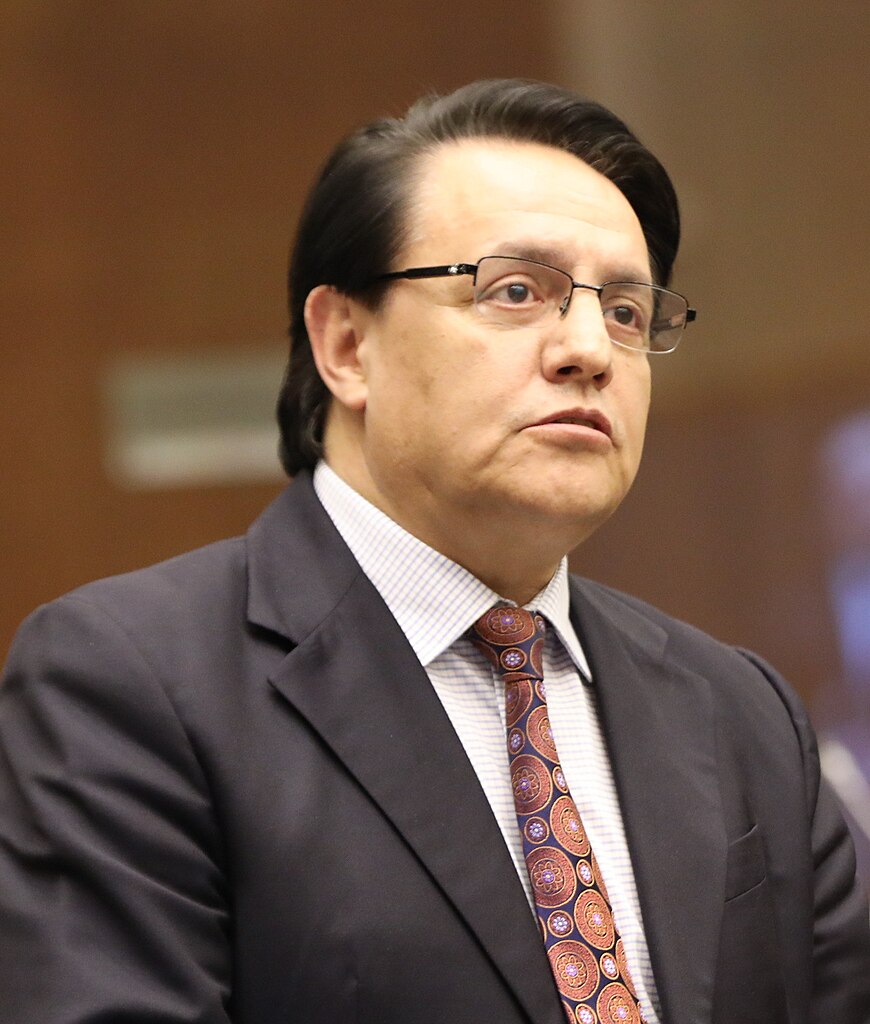
Ecuadorian Presidential Candidate Fernando Villavicencio.
“He [Fernando Villavicencio] structured his campaign around the fight against mafias and drug trafficking. Days ago, the candidate said that he had been threatened with death by ‘one of the bosses of the Sinaloa Cartel.’”
Over the past three years, Ecuador has experienced a tremendous spike in violence led by the activities of transnational drug trafficking organizations often operating in collaboration with local gangs,[i] which has resulted in skyrocketing homicide rates. [ii] Underscoring the extent of the violence, one of the leading candidates in Ecuador’s snap presidential elections, Fernando Villavicencio, was assassinated in early August after a campaign rally in Quito. Villavicencio polled in the top tier of candidates poised to make the runoff round, with a message focused on anti-corruption efforts. Villavicencio was a journalist who rose to prominence uncovering and denouncing corruption in the Rafael Correa government, as well as links between organized crime and members of Correa’s party. According to the excerpted article from the Spanish daily El País, in addition to denouncing corruption, Villavicencio had spoken on the campaign trail about a comprehensive security plan for the country, including cracking down on organized crime and building maximum security prisons. Days before his assassination, Villavicencio alleged he had been threatened by a member of Mexico’s Sinaloa Cartel with an interest in Ecuador. The allegation furthered speculation about the role of Mexico’s top criminal organizations, the Sinaloa Cartel and the Jalisco New Generation Cartel, in Ecuador’s downward spiral of criminality. Infobae, an Argentine outlet with excellent regional coverage, states the Ecuadorian investigation has been unable to link Mexican cartels to the crime. Instead, the outlet reports that the investigative unit has uncovered firmer connections between those it suspects are responsible and the local gang Los Lobos and the Puerto Rican transnational crime group the Latin Kings. The development signals the difficulty of confirming the nexus between the Sinaloa and Jalisco cartels and local Ecuadorian gangs. It also indicates that high-level politicians may be a new target for Ecuador’s criminal violence.
Sources:
“¿Quién era Fernando Villavicencio, el candidato presidencial asesinado en Ecuador?(Who was Fernando Villavicencio, the presidential candidate assassinated in Ecuador?),” El País (Spanish daily with excellent regional coverage), 10 August 2023. https://elpais.com/internacional/2023-08-10/quien-era-fernando-villavicencio-el-candidato-presidencial-asesinado-en-ecuador.html
Among Villavicencio’s proposals were building ‘a very high security prison’ to lock up the most dangerous criminals, militarizing ports to control drug trafficking, and creating an anti-mafia unit that would pursue drug traffickers with foreign support…He structured his campaign around the fight against mafias and drug trafficking. Days ago, the candidate said that he had been threatened with death by ‘one of the bosses of the Sinaloa Cartel.’
“Asesinato de Fernando Villavicencio: investigan los vínculos del sicario con bandas criminales ecuatorianas (Murder of Fernando Villavicencio: investigating the hitman’s links with Ecuadorian criminal gangs),” Infobae (an Argentine outlet with excellent regional coverage), 20 September 2023. https://www.infobae.com/america/america-latina/2023/09/20/asesinato-de-fernando-villavicencio-investigan-los-vinculos-del-sicario-con-bandas-criminales-ecuatorianas/After the investigations carried out on the gunman’s mobile phone, the hitman’s links with organized crime groups in the country are being investigated…According to the report, the hitman recruited the first six detainees in the case, all of whom are Colombians from Cali…Others suspected of involvement have been linked to Los Lobos gang and the Latin Kings.
Notes:
[i] For more information on Ecuador’s security challenges and the government’s attempt to stem homicides, see: Ryan C. Berg, “President Lasso Calls for ‘Plan Ecuador’ Amid Growing Security Concerns,” OE Watch, December 2021. https://community.apan.org/wg/tradoc-g2/fmso/m/oe-watch-articles-2-singular-format/400849
[ii] For more information on the genesis of Ecuador’s violent crime and its impact on local politics, see: Will Freeman, “A Surge in Crime and Violence Has Ecuador Reeling,” World Politics Review, June 14, 2023. https://www.cfr.org/blog/surge-crime-and-violence-has-ecuador-reeling
Image Information:
Image: Ecuadorian Presidential Candidate Fernando Villavicencio.
Source: https://commons.wikimedia.org/wiki/File:Alternativ_crop_of_Fernando_Villavicencio.jpg
Attribution: Wikimedia, CC BY-SA 2.0


